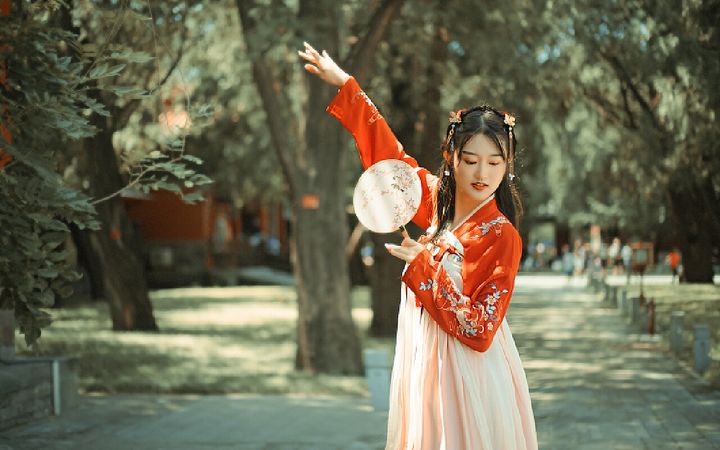Hanfu dress, a remarkable manifestation of the profound and rich Chinese cultural heritage, holds a timeless charm that has captivated people across generations. In this extensive blog, we will delve deep into the captivating world of hanfu, uncovering its hidden treasures, and exploring the myriad aspects that make it an unparalleled symbol of elegance and sophistication.
See Also: www.buyhanfu.com

The Origins and Evolution of Hanfu Dress
Hanfu has roots that trace back to ancient times, evolving through the ebb and flow of history. It emerged as a reflection of the social, political, and aesthetic values of each era. In the early days, hanfu was simple yet functional, gradually becoming more elaborate and ornamental as civilizations advanced.
For instance, during the Zhou Dynasty, the basic forms of hanfu were established, emphasizing ritual and hierarchy. As time progressed to the Han Dynasty, the styles became more diverse, with elaborate patterns and wider sleeves. The Tang Dynasty witnessed a fusion of foreign influences, resulting in vibrant colors and bold designs in hanfu.
The Symbolism and Significance of Hanfu’s Elements
Every element of hanfu, from the collar and cuffs to the patterns and accessories, carries deep symbolic meanings. The colors chosen often represent different emotions, social statuses, or seasons. Patterns such as dragons, phoenixes, and flowers convey auspicious wishes and cultural beliefs.
For example, the color red is associated with joy and celebration, while gold symbolizes wealth and nobility. The dragon pattern is reserved for the emperor, signifying supreme power and authority.
The Different Styles and Categories of Hanfu Dress
Hanfu encompasses a wide range of styles and categories, each with its unique characteristics and purposes. The ruqun, with its flowing skirt and fitted top, exudes grace and femininity. The aoqun, featuring a jacket over a skirt, offers a more structured and formal look.
The shenyi, a one-piece dress, provides a seamless and elegant appearance. Additionally, there are various subtypes within each category, each with slight variations in design and detailing.
The Craftsmanship and Materials Used in Hanfu Making
The creation of hanfu demands meticulous craftsmanship and the use of high-quality materials. Skilled artisans employ techniques such as embroidery, weaving, and dyeing to bring out the beauty of the fabric and the design.
Silks, satins, and brocades are commonly used, known for their smooth texture and lustrous sheen. The embroidery work can be incredibly intricate, with each stitch telling a story of artistry and dedication.
The Revival and Popularity of Hanfu Dress in Modern Society
In recent years, hanfu has experienced a remarkable revival, finding its place in the hearts of modern individuals. It has become not only a fashion statement but also a means of cultural expression and pride.
Hanfu events, conventions, and gatherings are now common, attracting enthusiasts from all walks of life. Social media has played a crucial role in spreading awareness and fostering a community of hanfu lovers.
The Challenges and Future Prospects of Hanfu’s Development
Despite its resurgence, hanfu faces certain challenges in its journey towards wider acceptance and mainstream popularity. Issues such as authenticity, commercialization, and the need for standardization arise.
However, with continued efforts to preserve its essence and adapt to modern tastes, the future of hanfu looks promising. It holds the potential to become an integral part of global fashion, showcasing the beauty of Chinese culture to the world.